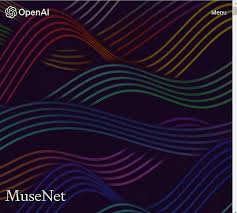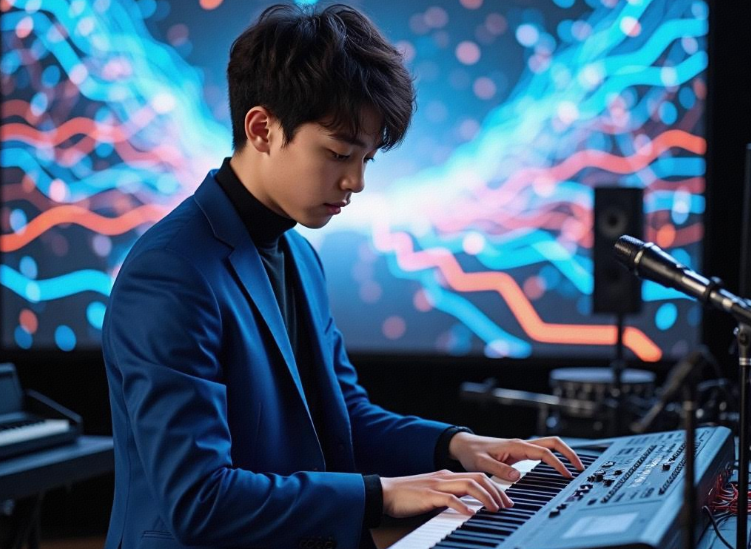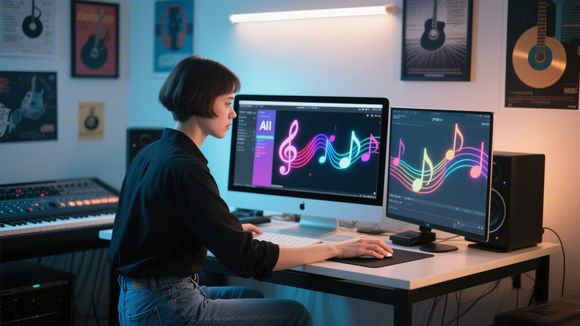In an era where artificial intelligence is reshaping creativity, one of the most intriguing innovations is OpenAI MuseNet. If you've ever wondered “What is OpenAI MuseNet?”, you're tapping into a question shared by musicians, developers, and tech enthusiasts alike. MuseNet isn't just a fun AI experiment—it’s a powerful deep learning model capable of composing complex musical pieces across multiple genres.
This article breaks down how MuseNet works, what makes it different from other AI music tools, and how you can interact with or learn from it—even though it’s no longer available as a live demo. Let’s explore the technology, training data, capabilities, and real-world relevance of MuseNet in a clear, structured, and engaging way.
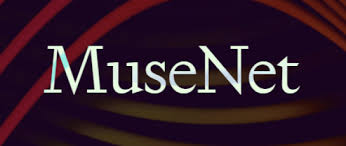
Understanding What OpenAI MuseNet Is
OpenAI MuseNet is a deep neural network capable of generating 4-minute musical compositions with up to 10 different instruments. It was released in April 2019 as a research preview by OpenAI, using unsupervised learning to understand and generate music in a wide range of styles—from Mozart and Bach to The Beatles and Lady Gaga.
MuseNet is based on the Transformer architecture, the same class of models that powers large language models like GPT. Instead of predicting the next word, MuseNet predicts the next musical token—whether that’s a note, a chord, or a rest.
It was trained on hundreds of thousands of MIDI files across various genres. These MIDI files included classical scores, pop music, jazz pieces, and more, allowing the model to learn the patterns and structures that define each style.
How MuseNet Generates Music: A Closer Look
Unlike rule-based composition software, MuseNet learns musical structure from data. Here's a breakdown of its process:
1. Input Representation
MuseNet reads MIDI data, which contains information about pitch, velocity, timing, and instrument type. Unlike audio files (WAV or MP3), MIDI files represent music symbolically, making them ideal for pattern recognition.
2. Tokenization
Just like GPT tokenizes words, MuseNet tokenizes musical events—such as "note_on C4," "note_off C4," "time_shift 50ms," or "instrument_change to violin."
3. Training on Diverse Genres
MuseNet was trained using unsupervised learning, meaning it wasn’t told what genre it was seeing. It had to figure that out itself. According to OpenAI, this helped MuseNet generalize well—meaning it can generate music that blends genres (like a Bach-style jazz quartet).
4. Generation Phase
When generating music, MuseNet requires an initial seed: a short MIDI file or genre prompt. From there, it predicts the next musical token, step by step, constructing a musical piece that can be exported as a MIDI file.
Why MuseNet Matters in the AI Music Landscape
MuseNet was not just another AI tool—it represented a major leap in AI creativity. Unlike earlier rule-based systems or shallow neural networks, MuseNet could:
Generate in multiple genres without explicit rules
Handle polyphony (multiple simultaneous instruments)
Understand musical structure over long compositions
Blend styles (e.g., "Chopin-style Beatles" music)
According to OpenAI, MuseNet was trained using 256-layer transformer networks and a dataset of over 1 million MIDI files sourced from public repositories like Classical Archives and BitMidi.
This large-scale training gave MuseNet a unique strength: stylistic coherence. That means if you asked it to create a Beethoven-inspired rock ballad, it wouldn’t just mix notes—it would imitate the phrasing, cadence, and structure found in both styles.
Is MuseNet Still Available?
As of 2025, MuseNet’s interactive demo is no longer publicly available. OpenAI discontinued it after the preview period ended. However, researchers and developers can explore similar architectures through OpenAI’s research papers, or experiment with MuseNet’s GitHub-released datasets if they’re granted access.
Alternatives to MuseNet that continue to evolve today include:
Google’s MusicLM – A cutting-edge text-to-music model focused on high-fidelity audio.
AIVA – A professional AI composition tool used for soundtracks and classical music.
Suno AI – A commercial platform for full-song generation, including lyrics and melody.
Who Uses MuseNet-Inspired Models?
Even though MuseNet is no longer live, it sparked inspiration across fields:
Music educators use similar models to teach students how AI interprets and generates classical form.
Composers prototype hybrid music ideas.
Game developers use auto-generated soundtracks inspired by MuseNet’s multi-instrument capabilities.
Data scientists study its architecture to build domain-specific generative models.
Frequently Asked Questions: What is OpenAI MuseNet?
Can MuseNet compose music from text prompts?
No, MuseNet used symbolic input (MIDI or musical seed) rather than natural language prompts. However, OpenAI’s newer models (like Jukebox and GPT-4) combine audio with text for broader input capabilities.
Can I still use MuseNet today?
There’s no official public demo available, but developers can study the model architecture via OpenAI's publications. Some third-party tools have replicated similar functionality.
What makes MuseNet different from OpenAI Jukebox?
MuseNet works with MIDI (symbolic music), while Jukebox generates raw audio, making Jukebox more suitable for vocal and audio texture generation.
What instruments does MuseNet support?
MuseNet supports up to 10 instruments per composition, including piano, violin, cello, trumpet, and percussion—selected from a library of General MIDI sounds.
Is MuseNet open-source?
The model itself is not open-sourced, but some datasets and papers are publicly available through OpenAI’s research portal.
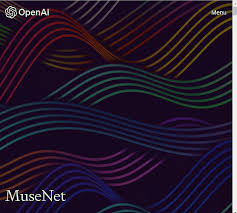
The Future of AI Music Beyond MuseNet
MuseNet’s development was a significant milestone in AI-generated music, showing what large-scale transformer models can achieve in symbolic domains. While newer tools like MusicGen, Suno AI, and AIVA have taken the spotlight, MuseNet remains foundational for understanding how AI can "learn" music in a human-like way.
If you're a developer, student, or curious musician, studying MuseNet provides deep insights into the intersection of neural networks, creativity, and music theory. The ideas behind MuseNet continue to influence next-gen models that power music apps, DAWs, and even real-time performance tools.
Learn more about AI MUSIC



